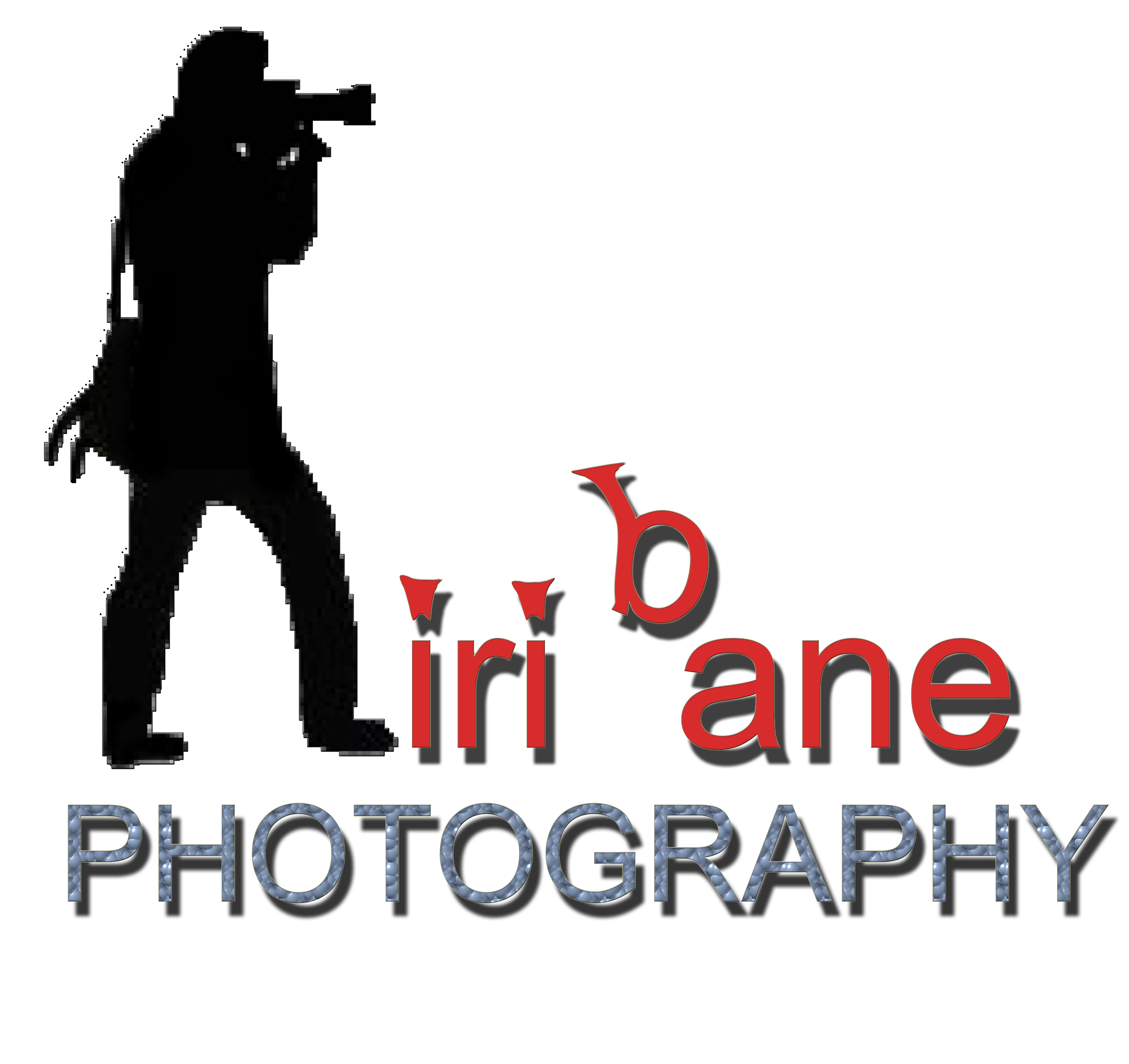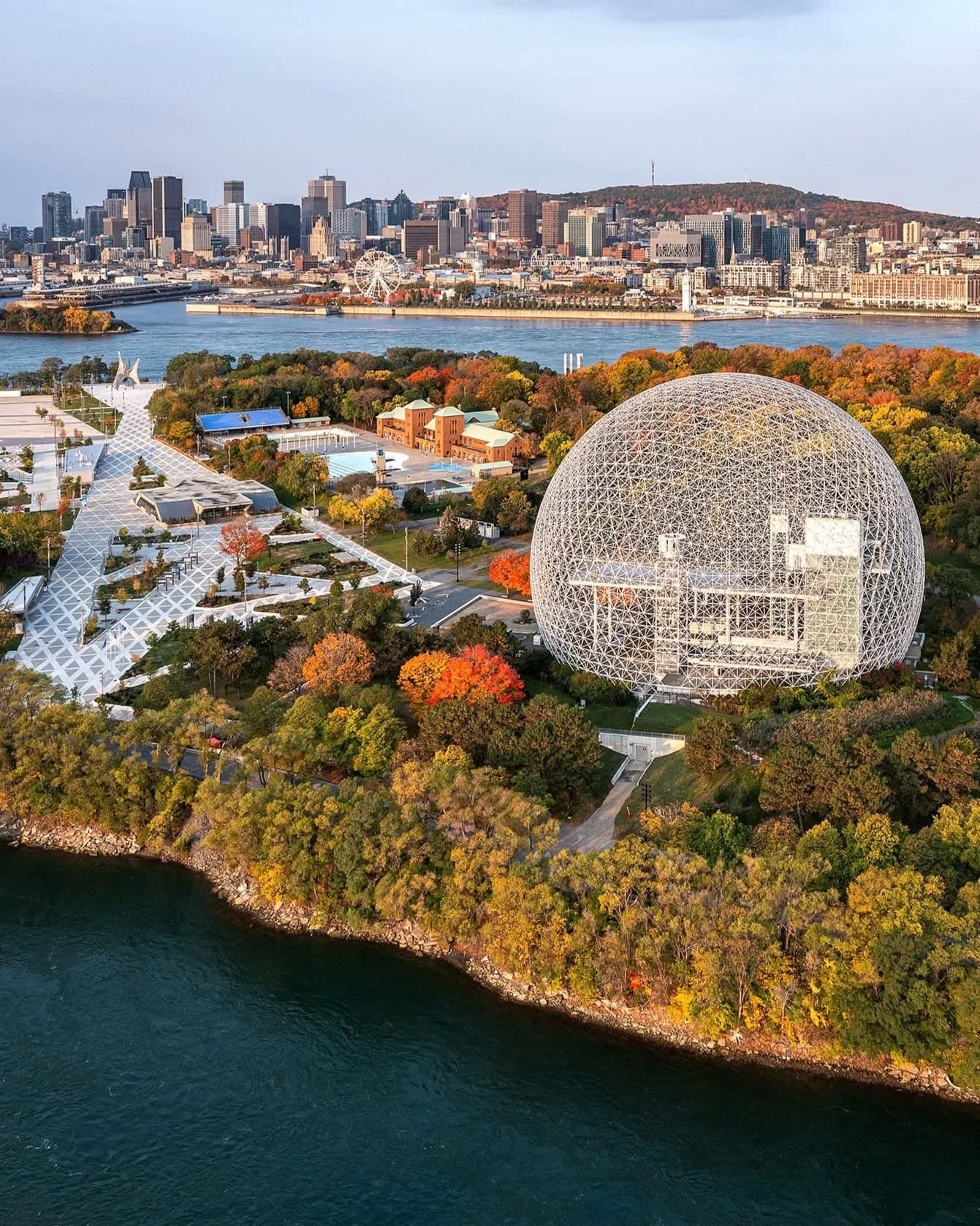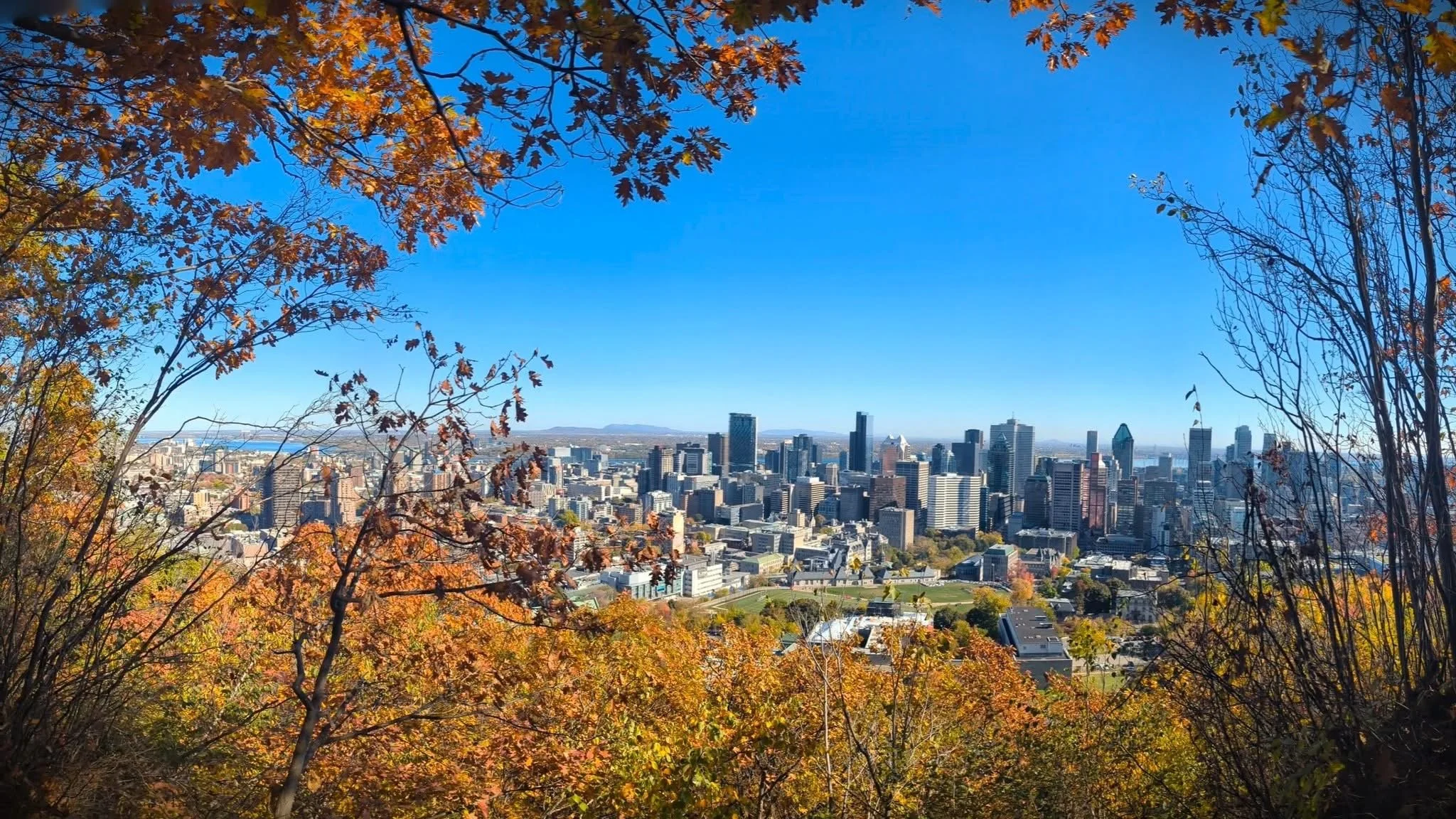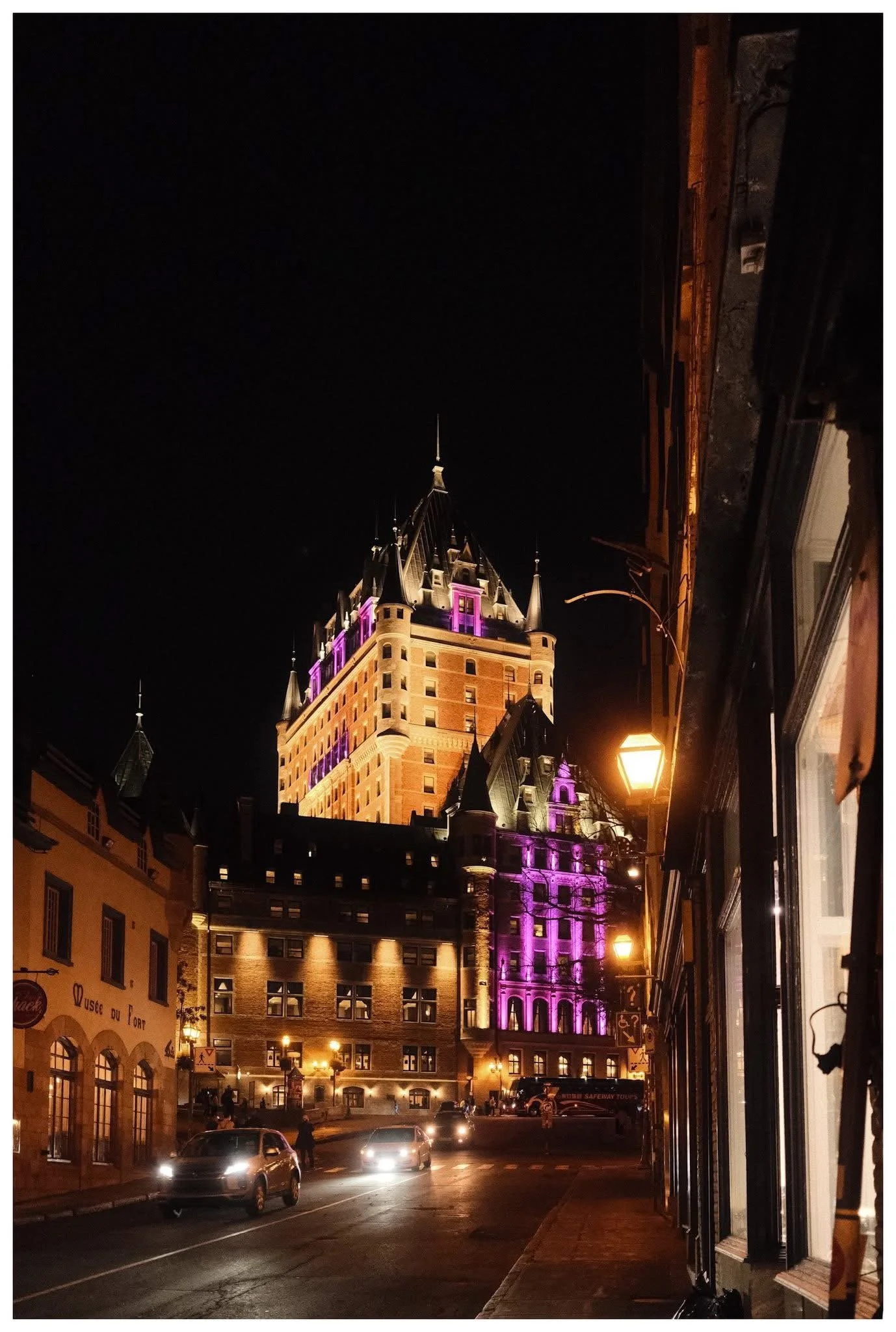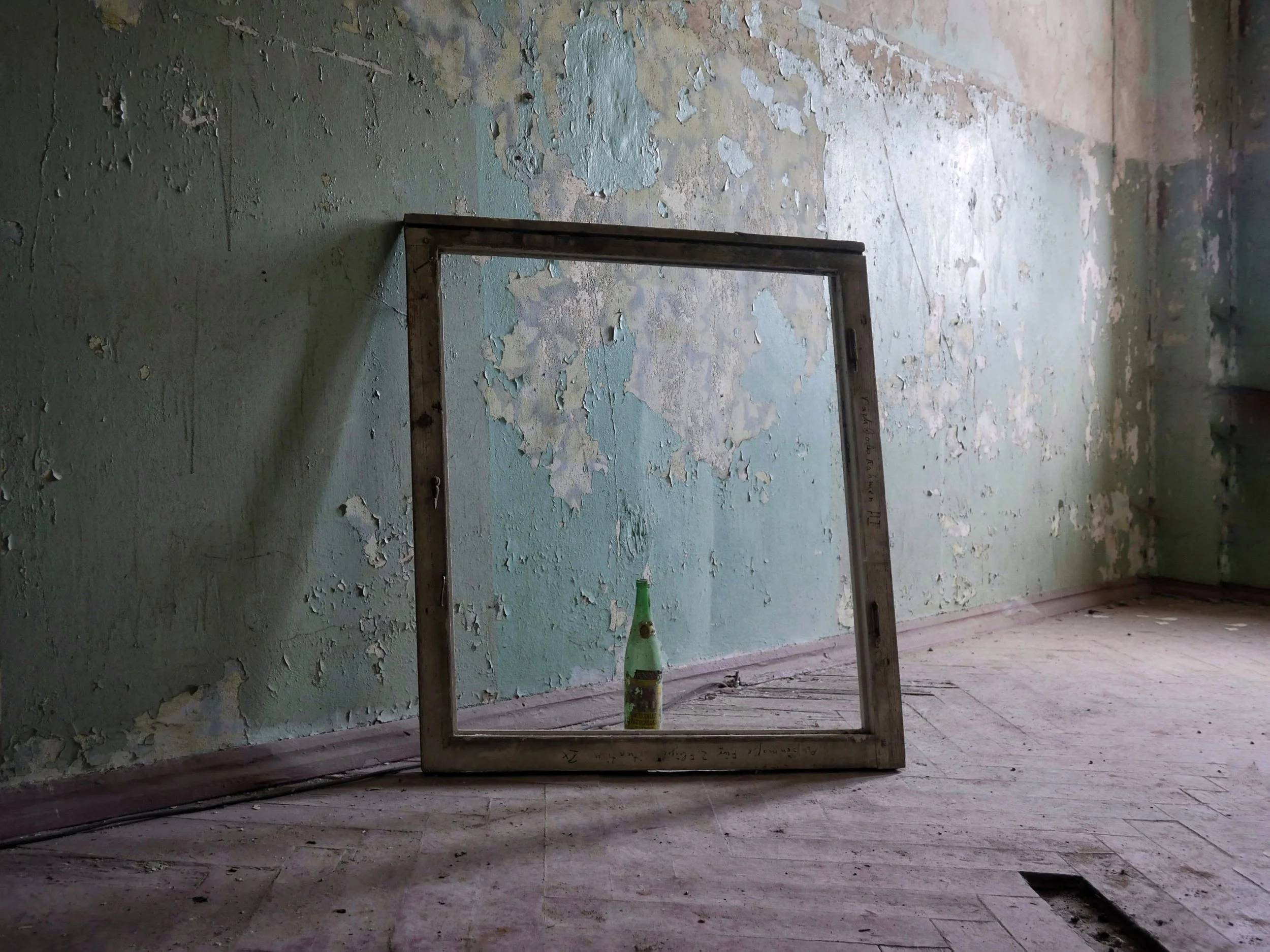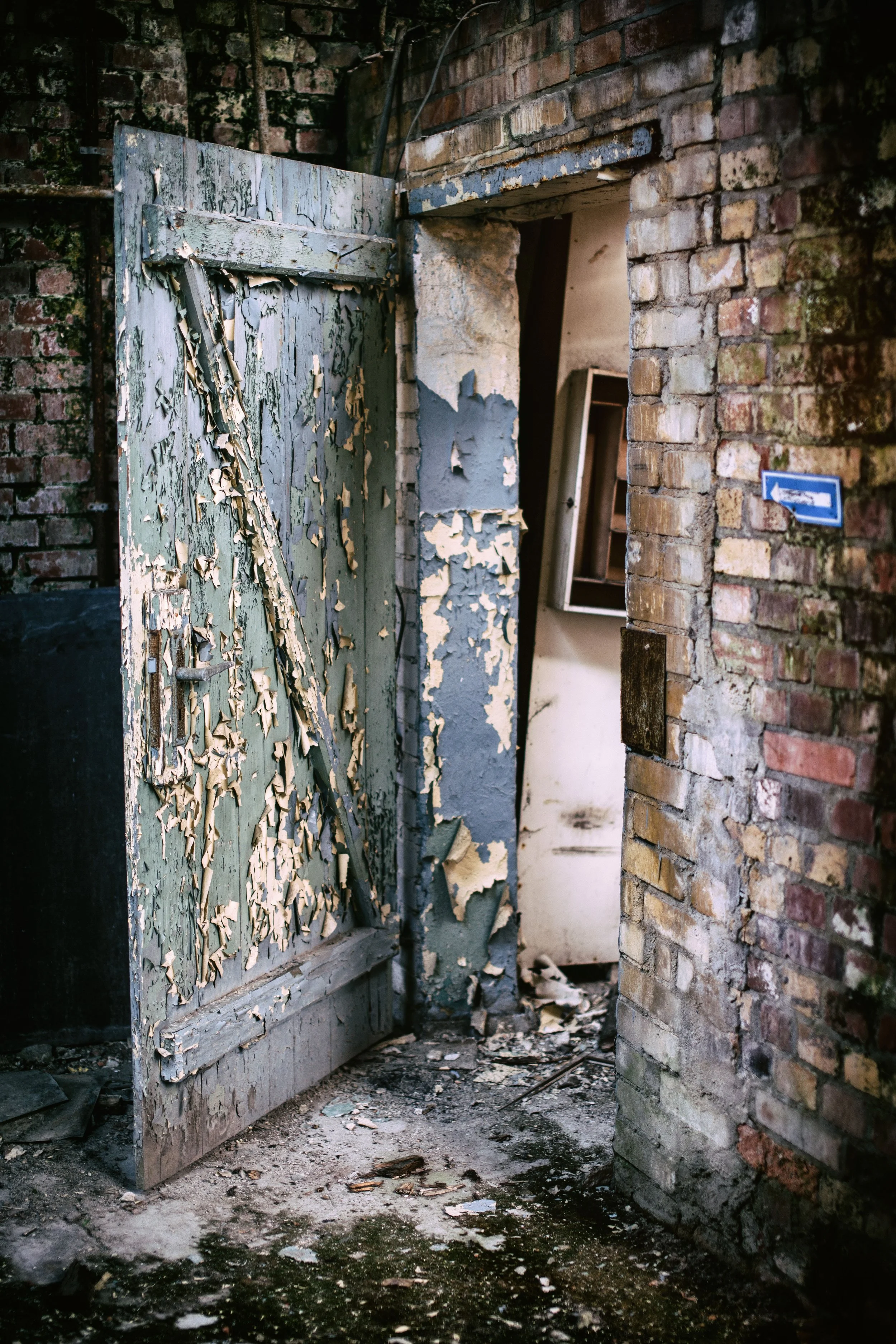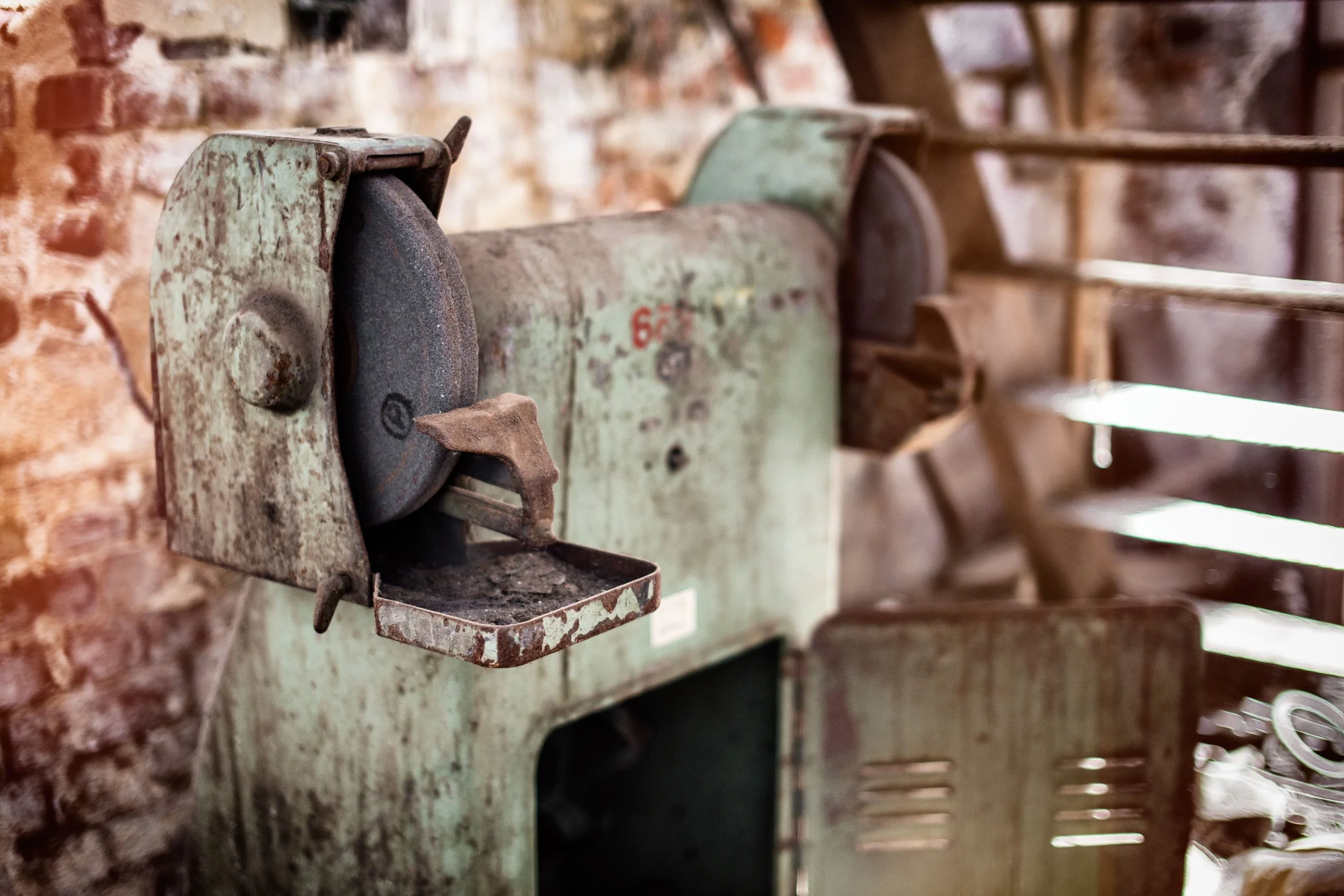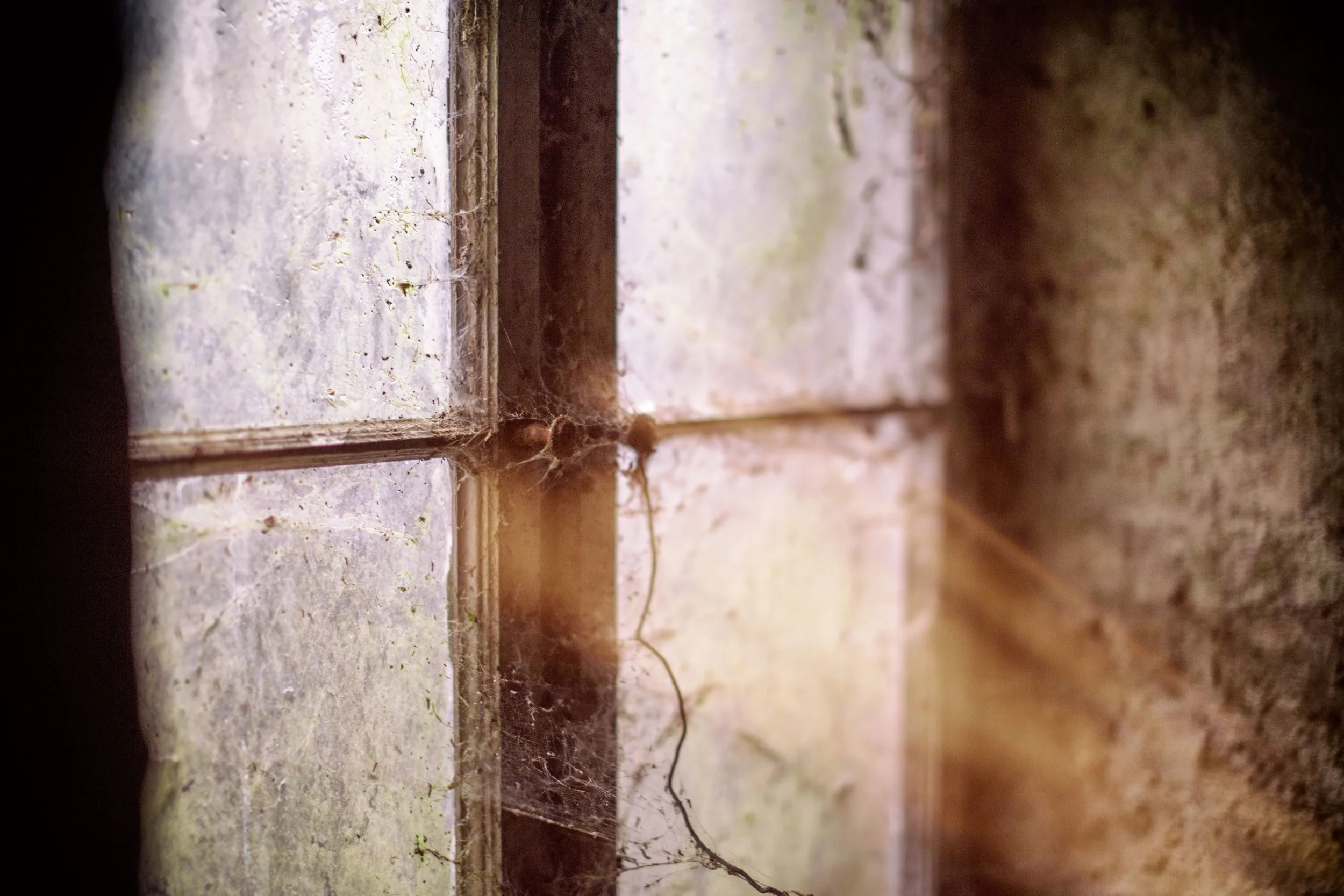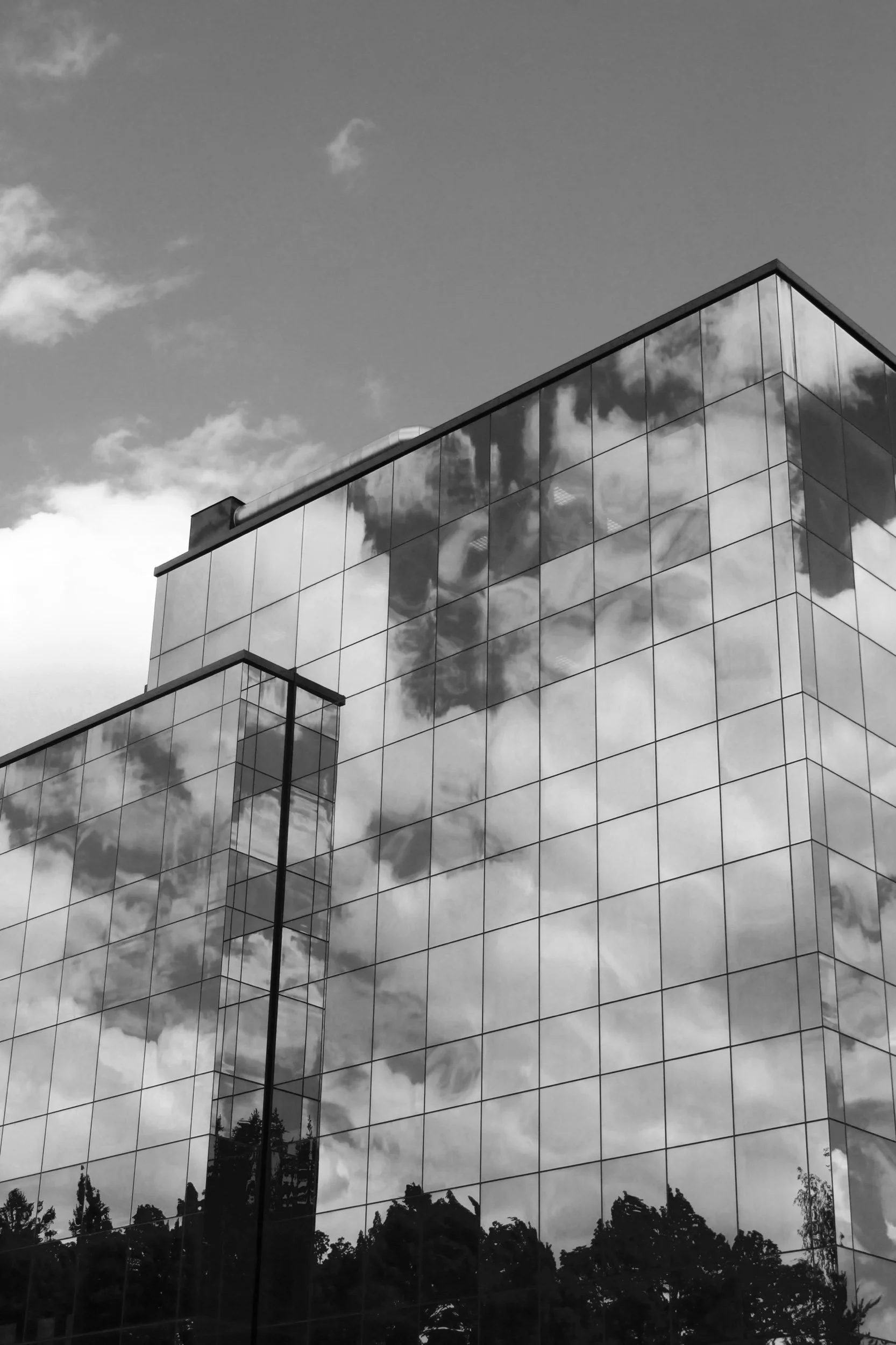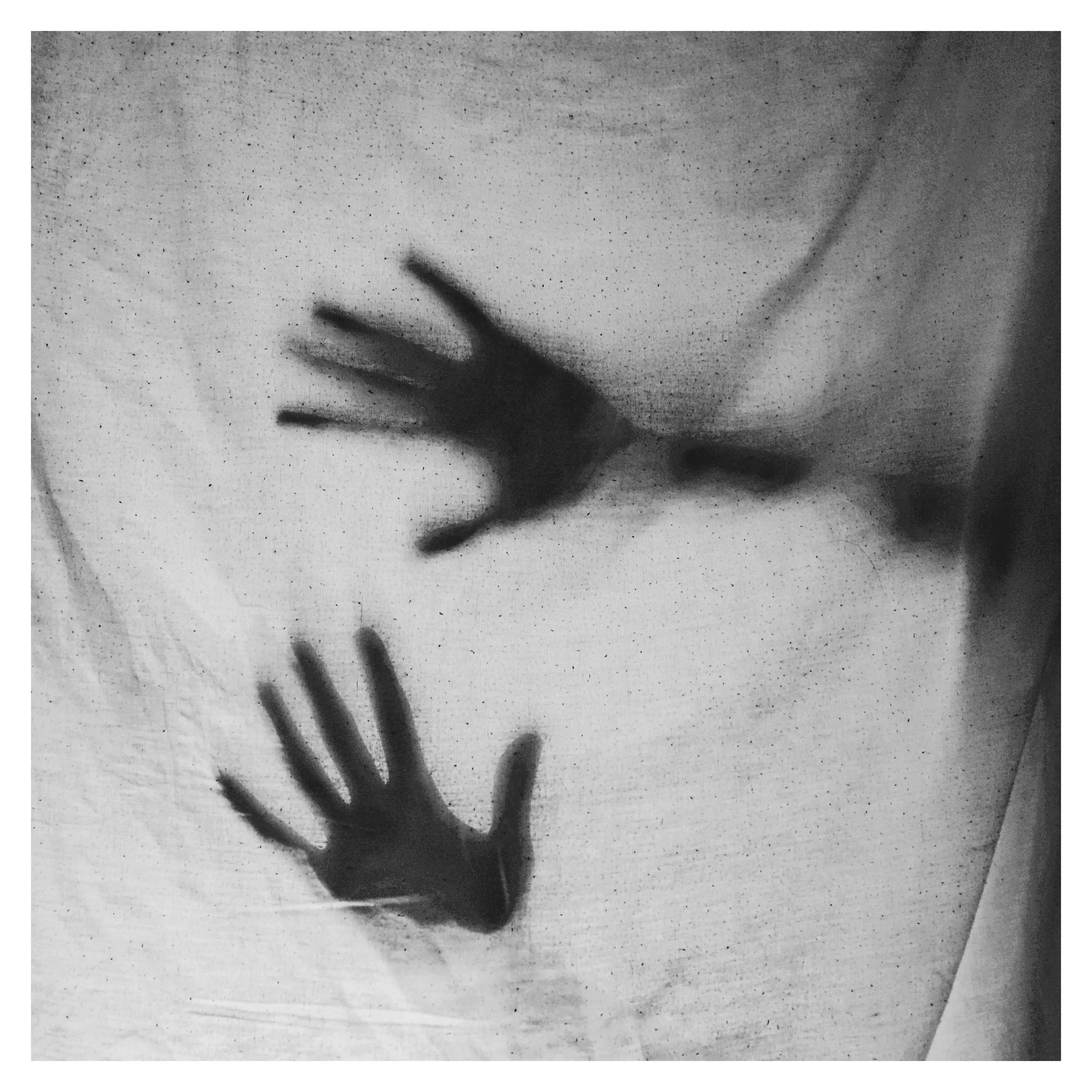Welcome back to our podcast, where today we dive deep into the often overlooked allure of desolate places with a special episode titled “Adventures in Desolation: Photographic Journeys to the Edge.” I’m your host, and today we’re exploring the haunting beauty of abandoned structures along the Belgian border, captured through the lens of my trusty Hasselblad 500cm.
In today’s episode, I’ll share insights from my recent expedition where I navigated the eerie silence and shadow-filled halls of these forsaken edifices. We’ll talk about the unique challenges and artistic opportunities that come with photographing places that time forgot. From wrestling with the gloom of dark, unlit rooms to the thrill of capturing a beam of light streaming through a broken pane, these environments test a photographer’s skill and creativity in equal measure.
We’ll also discuss the unexpected human element—those serendipitous encounters with other souls wandering these ruins. Whether fellow photographers or curious explorers, these chance meetings can add a surprising layer to the narrative of each photograph.
Join me as I recount how what started as a challenge to capture desolation turned into a profound appreciation for the stories embedded in these crumbling walls. It’s a reminder that beauty often resides in the most unexpected places, waiting to be discovered by those who dare to look.
So tune in, as we explore the shadows and stories of abandoned places, capturing the essence of desolation and the eerie beauty of decay. Whether you’re a photography enthusiast or someone who loves a good adventure tale, this episode is for you.
